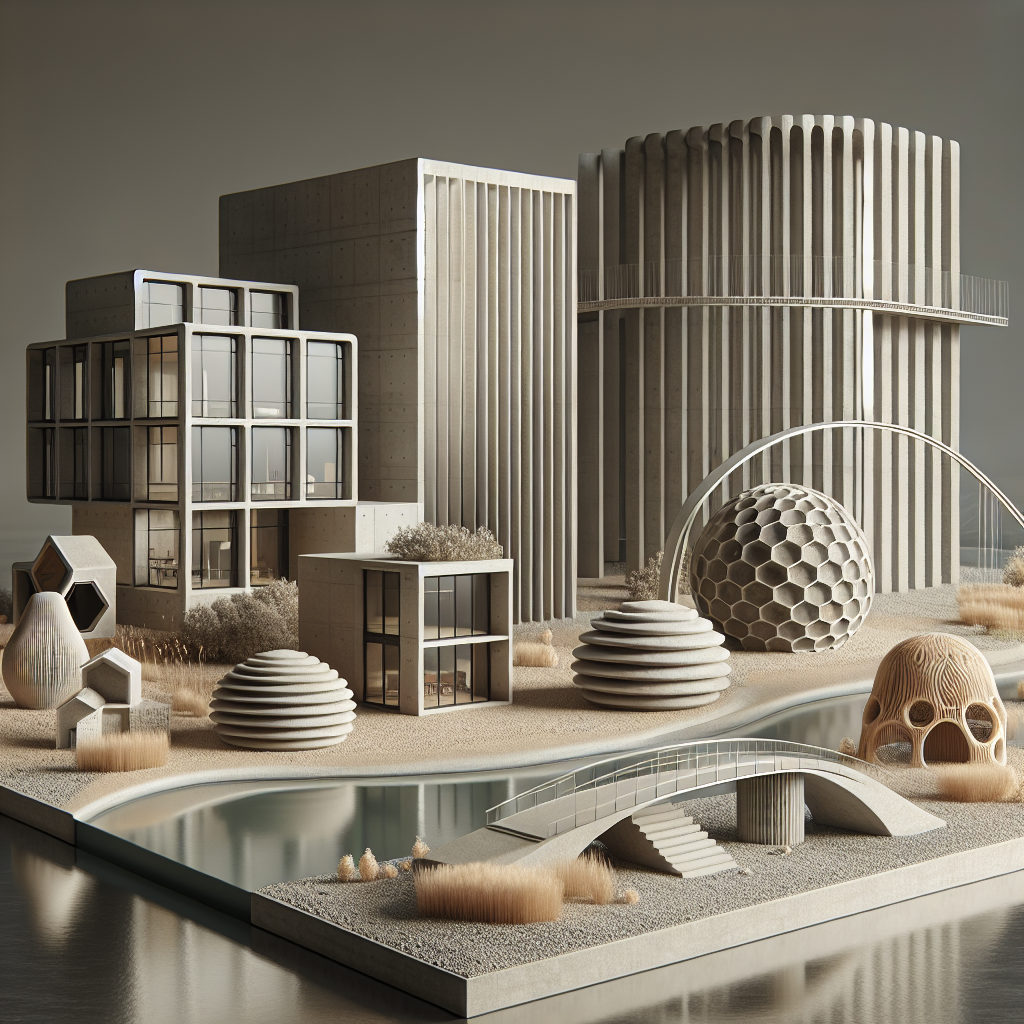The Rise of 3D Printed Architecture
The world of construction is undergoing a revolution, with 3D printing technology at its forefront. Over the last decade, we’ve seen the move from small-scale prototypes to full-sized, inhabitable structures, fundamentally challenging how we design, build, and think about buildings. As someone immersed in the world of 3D printing, I’ve watched with fascination as the boundaries of possibility have been pushed further with each new project. Here, I’ll walk you through some of the most remarkable and influential 3D printed buildings and construction projects to date.
1. The Office of the Future (Dubai, UAE)
Perhaps the most iconic of all 3D printed buildings, Dubai’s “Office of the Future” opened in 2016, signaling the emirate’s ambition to become a leader in construction technology. The 250-square-meter building was printed in just 17 days, using a 20-foot tall, 120-foot long, and 40-foot wide printer. The assembly took only two more days and required minimal human labor compared to traditional construction. This project demonstrated the real-world feasibility of 3D printing for complex, functional office spaces, blending advanced technology with modern design.
2. Apis Cor’s “First On-Site Printed House” (Russia)
In 2017, Apis Cor, a Russian company, constructed the world’s first on-site 3D printed house in Stupino, near Moscow. The compact, 38-square-meter home was printed in just 24 hours—directly at the construction site, rather than in panels off-site. The entire process showcased how 3D printing can dramatically reduce both time and costs, while creating comfortable, energy-efficient spaces. The circular design, enabled by 3D printing freedom, highlights the architectural creativity unlocked by the technology.
3. TECLA: Clay 3D Printed Homes (Italy)
Sustainability is a major concern in modern construction, and TECLA, developed by WASP and architect Mario Cucinella, is a landmark in this regard. Built in Massa Lombarda, Italy, TECLA is the world’s first eco-habitat made entirely with locally sourced clay, printed using WASP’s modular printing system. The organic, beehive-like structures demonstrate not only the versatility of 3D printing but also its potential for creating sustainable, zero-waste housing. This approach could be revolutionary for eco-conscious communities and regions with limited access to traditional building materials.
4. ICON’s 3D Printed Communities (USA and Mexico)
ICON, a Texas-based construction technologies company, has been rapidly scaling up the concept of 3D printed neighborhoods. In collaboration with New Story and Échale, ICON printed a community of affordable homes in Tabasco, Mexico, for families living in extreme poverty. Each home is about 46.5 square meters and was printed in less than 24 hours. Closer to home, their “Community First! Village” in Austin, Texas, applies the same technology to combat homelessness. These projects show that 3D printing is not just about innovation, but about societal impact and scalable solutions.
5. The Netherlands’ 3D Printed Bridge (Amsterdam)
3D printing isn’t only revolutionizing houses—it’s also making waves in infrastructure. The world’s first 3D printed steel bridge, built by MX3D, now spans a canal in Amsterdam. Created entirely using robotic arms with welding tools, the 12-meter-long pedestrian bridge was installed in 2021 after years of engineering research and design. This project illustrates the adaptability of 3D printing for complex, load-bearing structures, and hints at future innovations in public infrastructure and urban planning.
6. Gaia: The Earth House (Italy)
Another standout from WASP is Gaia, an eco-friendly, 3D printed house built using a blend of soil, rice husks, and straw. Gaia was completed in 2018 and emphasizes resilience, insulation, and a drastic reduction in construction waste. Projects like Gaia highlight how 3D printing can integrate local, natural materials, supporting sustainable living and disaster-resilient housing solutions.
Challenges and the Future of 3D Printed Construction
While these projects are groundbreaking, there are still challenges to overcome. Regulatory hurdles, standardization, and scaling for mass adoption remain significant obstacles. However, the potential benefits—rapid build times, reduced labor costs, customizability, and sustainability—ensure that 3D printing will continue to play an increasingly prominent role in global architecture.
Conclusion: A New Era of Construction
From futuristic offices in Dubai to sustainable clay homes in Italy, the most famous 3D printed buildings and construction projects are more than just technological marvels—they are blueprints for the future of how we build and inhabit our world. As 3D printing technology matures, expect to see even more ambitious and impactful structures, redefining the limits of architecture and engineering.

Leave a Reply